Gerry Cranham, doyen of sports photographers who pioneered revolutionary new techniques – obituary
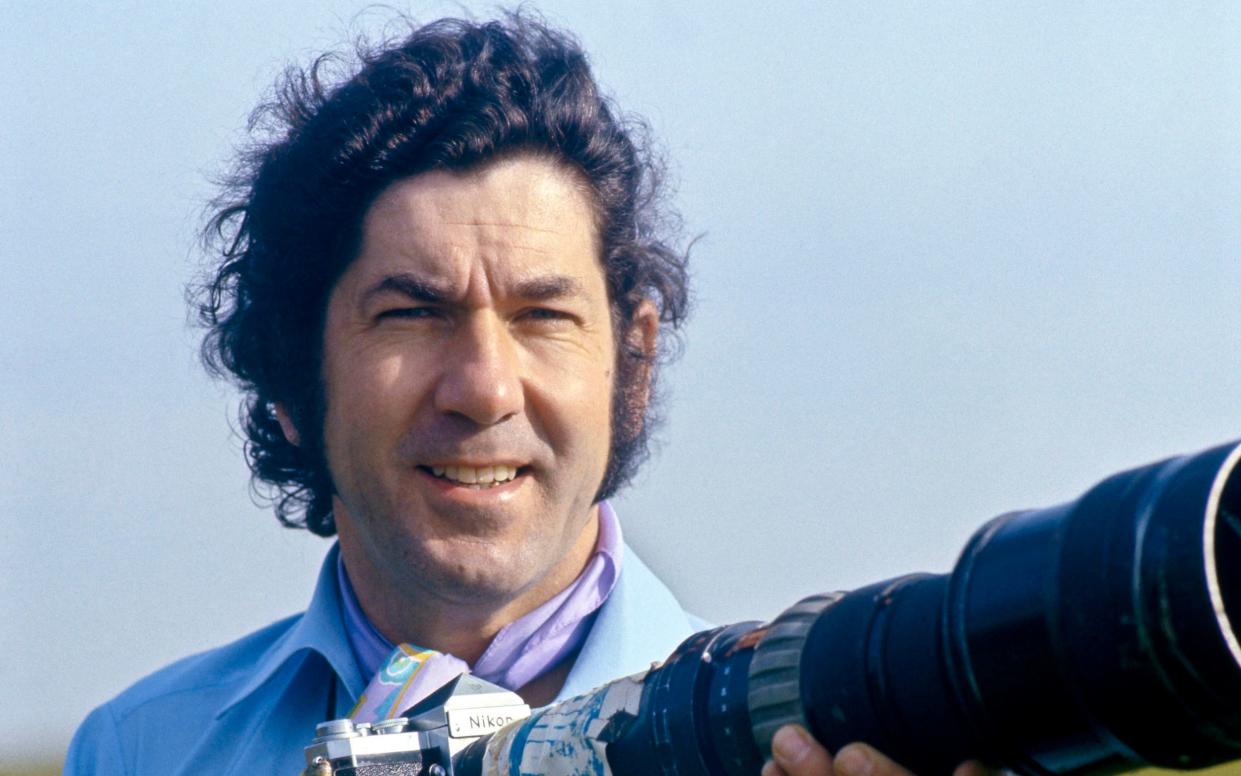
- Oops!Something went wrong.Please try again later.
Gerry Cranham, who has died aged 94, elevated sports photography from simple reportage into an artform; he pioneered several techniques, most notably the “zoom/blur”, which isolates the subject at the centre of a visual vortex, as well as the use of remote cameras, and he remains the only sports photographer to be given an exhibition at the Victoria & Albert Museum in London – and was only the second of any kind, following in the footsteps of Henri Cartier-Bresson.
He made a splash with his expertise in underwater photography when covering swimming – sometimes at the expense of his personal safety. In 1964 he took the plunge to photograph the swimmer Bob McGregor – the “Falkirk Flyer”. Cranham was submerged and weighted down, and had to be pulled out of the pool by his hair when he got into difficulties.
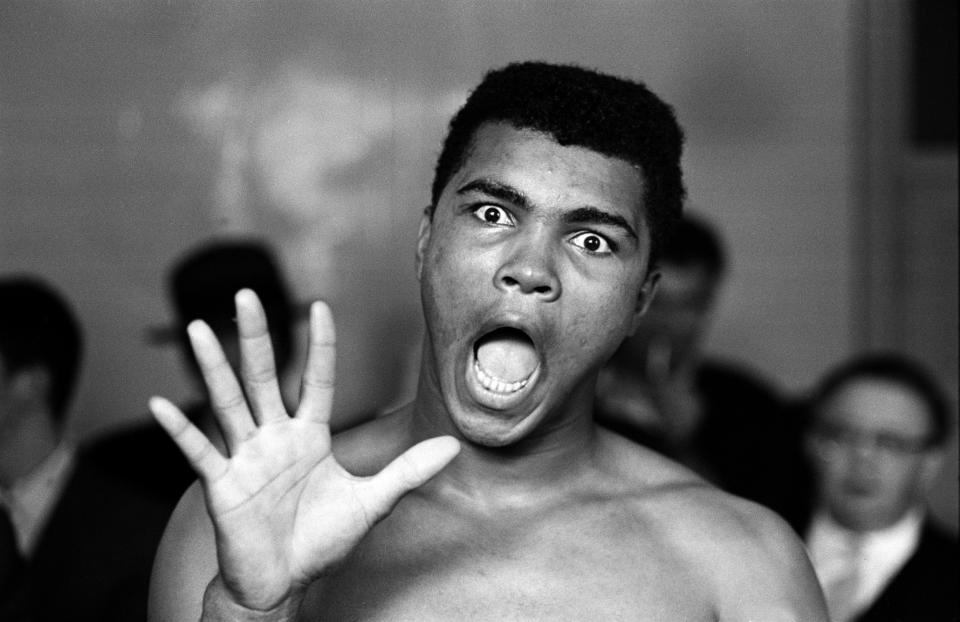
On another occasion he hung in a harness from the Whispering Gallery in St Paul’s Cathedral to photograph Winston Churchill, and he took one of his best known horse racing shots hiding behind a starting gate at a track in Italy (he would later use a remotely controlled device for such shots). When he was engaged in a high-speed pursuit of Edward Heath racing Morning Cloud in the Solent, he was warned off by the politician’s security detail but managed to get a few shots away amid cries of “Get back! Get back!”
Gerald Cranham was born on February 1 1929 at Hartley Wintney, a village in Hampshire, to Elizabeth, née James, and George, an upholsterer. He attended Salesian College in Farnborough, leaving at 15. He was an apprentice draughtsman at the Miles Aircraft company before spending five years in the Royal Electrical and Mechanical Engineers, from 1948-53, and worked as a draughtsman afterwards.
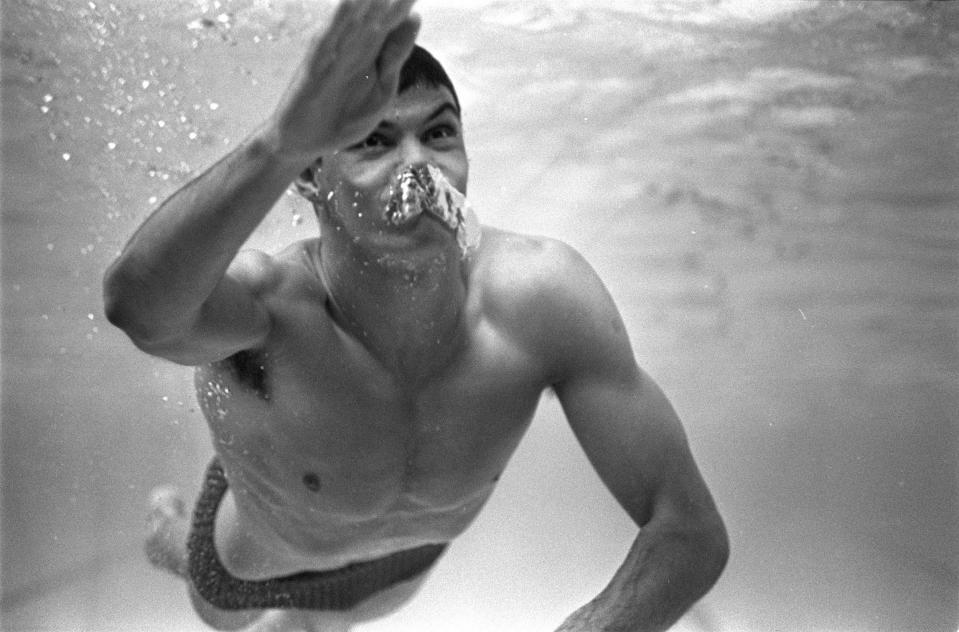
He was a promising middle-distance runner, going on to represent Reading Athletic Club and Herne Hill Harriers in south London; he won the English Counties junior half-mile, and in the run-up to the 1948 Olympic Games in London he ran a leg of the Torch Relay.
But the year after he left the Army in 1953, an injury cut short his running career, so he took up coaching, and began using photography to demonstrate to his charges where they were going wrong. “I had to save to afford the camera,” he recalled. “It was a Corfield Periflex, which was about £40, a lot of money then. I didn’t realise how expensive photography was.”
He saw he might be on to something when his runners started to buy the pictures he was taking of them, and in 1957 came his breakthrough. “There was this road relay from London to Brighton,” he recalled. “A man from the local athletics club had a sports car, and I photographed the race all the way through.” He sold most of the pictures on the roll, though he did later admit: “I think they were very bad.”
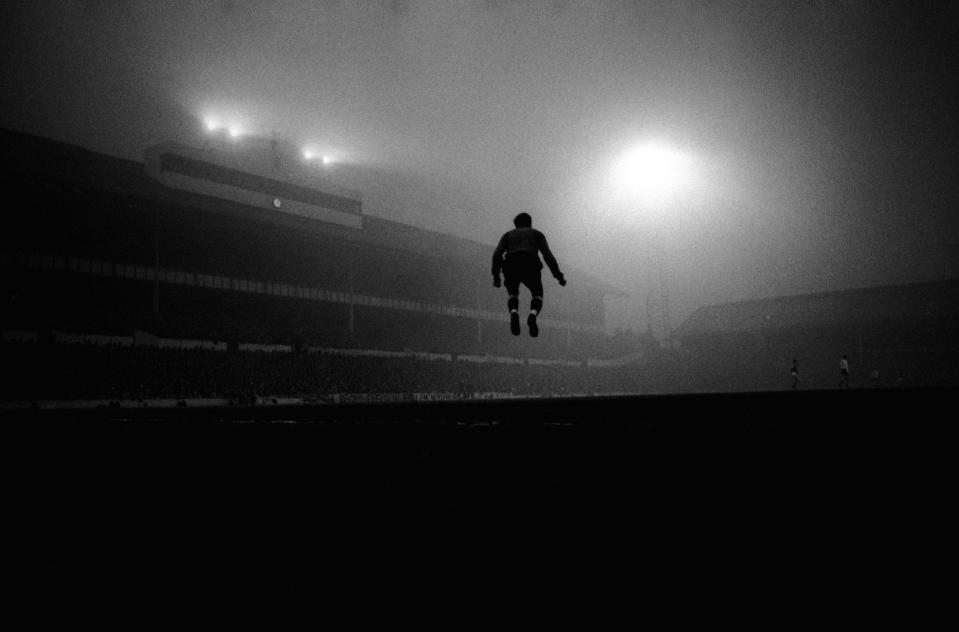
British athletics was still basking in the glow of Roger Bannister’s historic sub-four-minute mile, and Cranham found a ready market for his photos in Athletics Weekly. “I had a great advantage, having been an athlete for quite a number of years, so I was able to exploit that. It meant I knew when to take shots and when to keep out of the way.” He set up a darkroom in his kitchen – “Everything was done on a shoestring and was all trial and error” – and would cycle to Fleet Street to deliver his prints.
In 1959 he was doing well enough to give up his draughtsman’s job to go full-time, and into the next decade his work began appearing in Sports Illustrated in the US, and on this side of the Atlantic in The Observer, where Cranham developed a double act with the magisterial sportswriter Hugh McIlvanney.
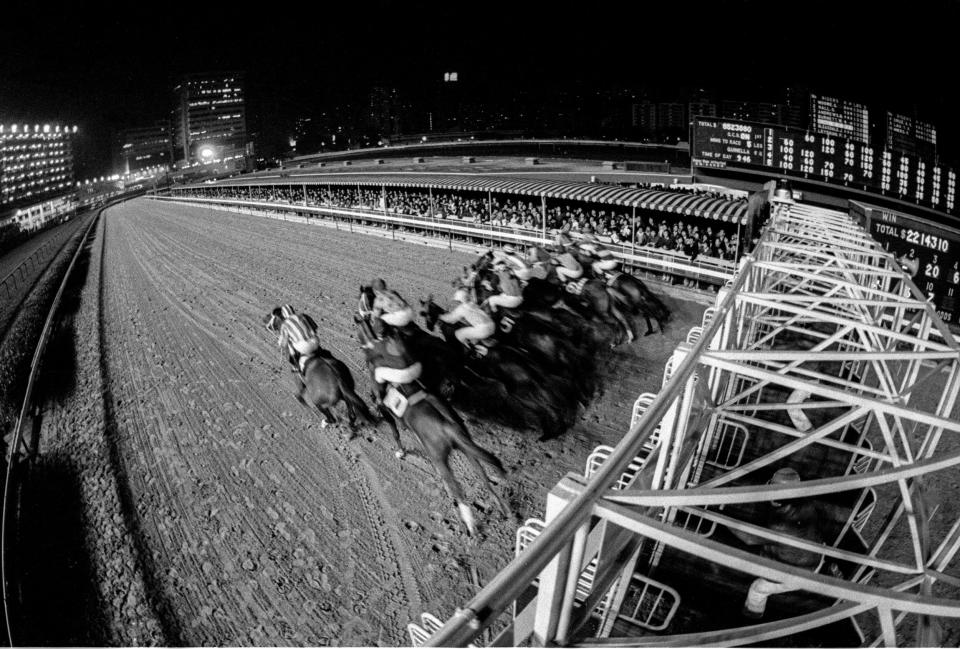
In May 1963 he was on duty photographing Cassius Clay at the Territorial Army Drill hall in Shepherd’s Bush as the boxer prepared to take on Henry Cooper. His persistence paid off when, after most of his fellow snappers had departed, he asked Ali what round he would win in: the American famously put up four fingers and a thumb, his facial expression lighting up the hall. His prediction came true when the referee stopped the fight in the fifth round.
Later, when Clay had become Muhammad Ali, Cranham travelled to Ghana to photograph him and went out for lunch with him, finding him “a lovely man”.
Cranham was one of the first sports photographers to use colour film – he was one of only three shooting in colour at the 1966 World Cup final – although one of his own favourites was in black and white.
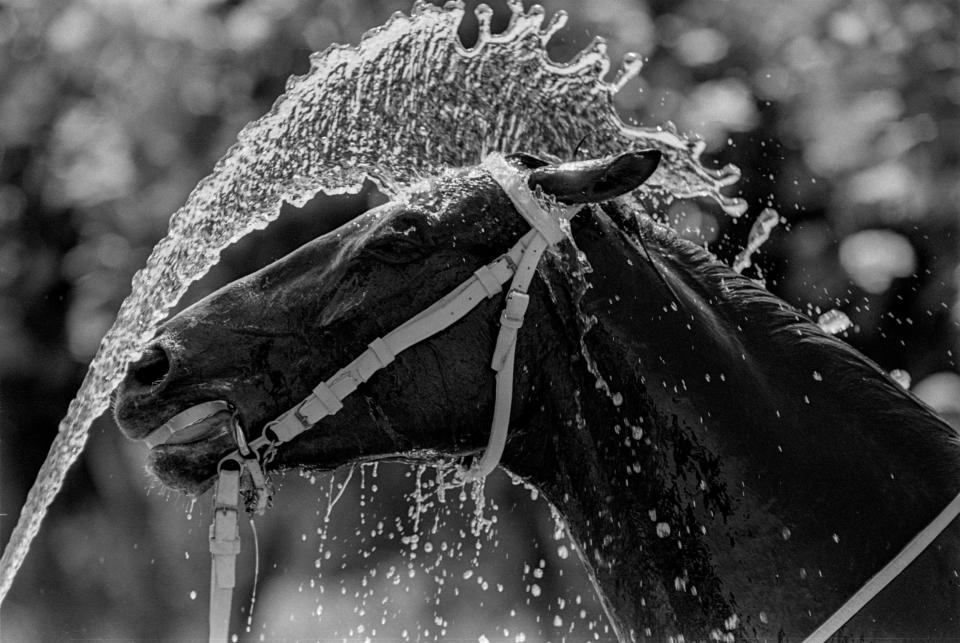
At New Year 1964 he was at a Tottenham game at a foggy White Hart Lane when he saw the Spurs goalkeeper John Hollowbread jumping in the air to keep warm, and used his remote cable to click his camera’s shutter: the result was an ethereal study of a solitary figure alone in his own world. Coming during a period when Cranham was having doubts about his ability, the shot restored his faith in his own craft.
By then Cranham had become much in demand beyond sporting confines, and a few weeks earlier he had been in the White House on the day of John F Kennedy’s assassination. As the administration went into lockdown, a government official spotted him down the corridor, and yelled: “What’s that limey doing here?”
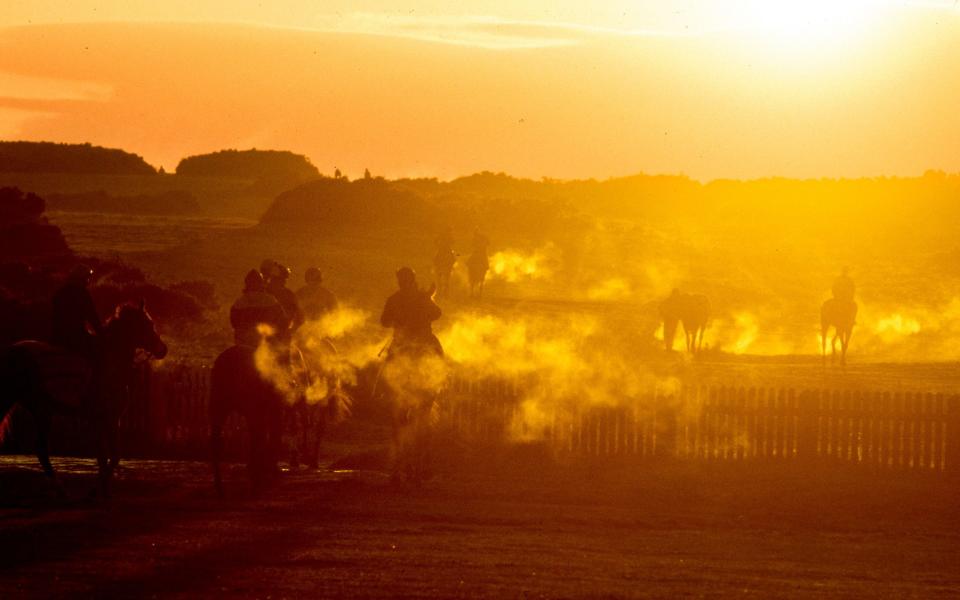
He was named Sports Photographer of the Year in 1977, and from the 1980s he did much of his work while following his great passion, the world of horse racing. He published several books with the great racing writer Brough Scott.
Cranham retired in 2013; a retrospective, “Simply the Best”, was held at the Michael Hoppen Gallery in 2019, and in 2021 the book This Sporting Life collected some of his best work.
Gerry Cranham married Nancy, known as Nan, in 1952; she survives him with their two daughters and three sons.
Gerry Cranham, born February 1 1929, died October 20 2023

